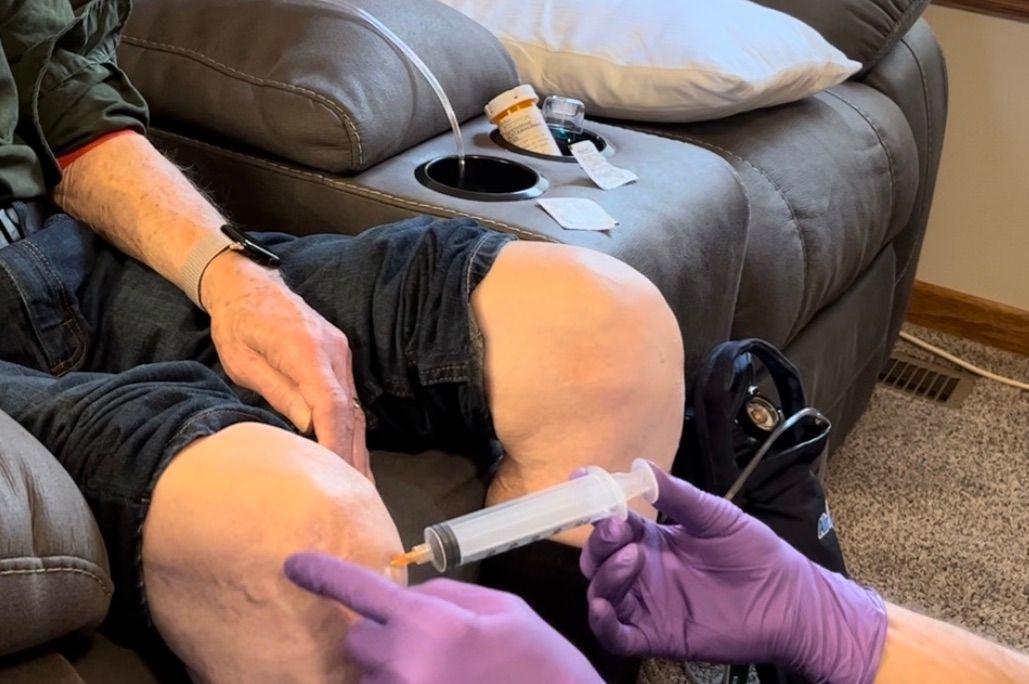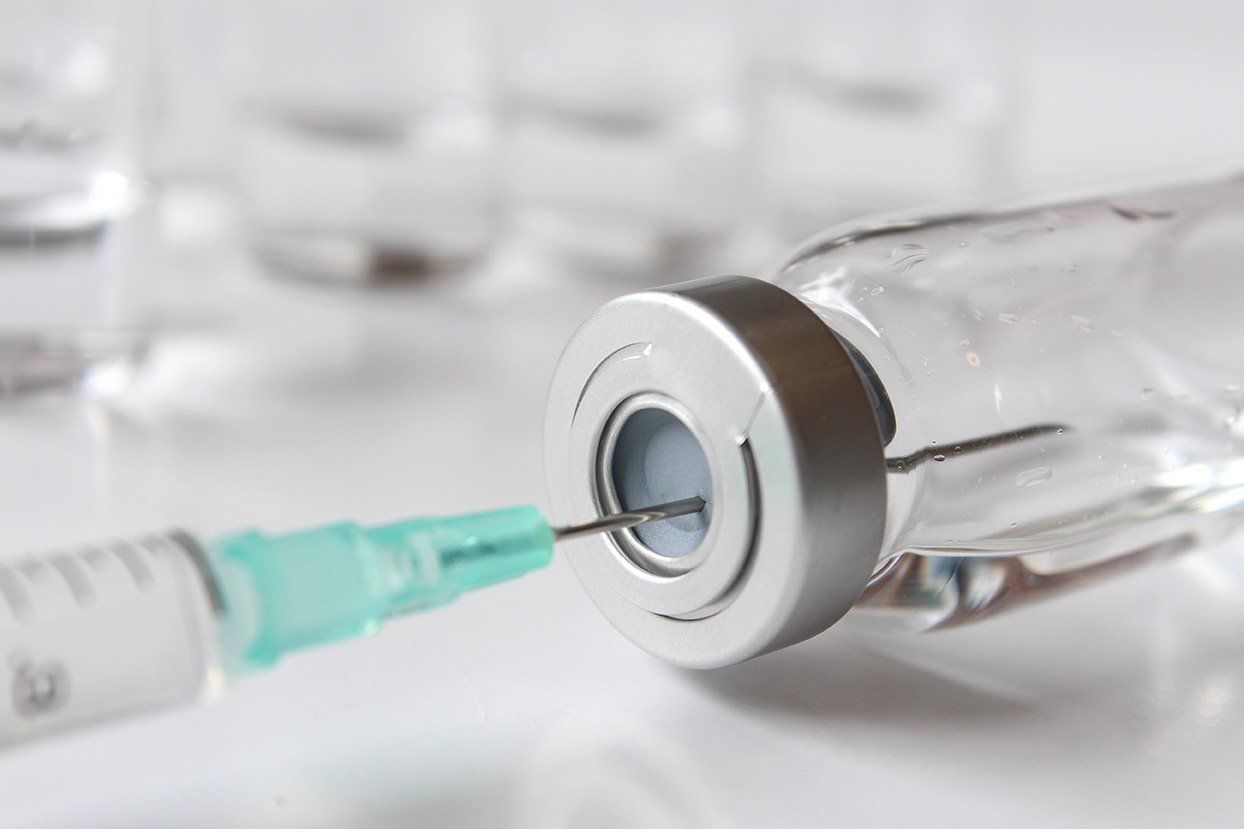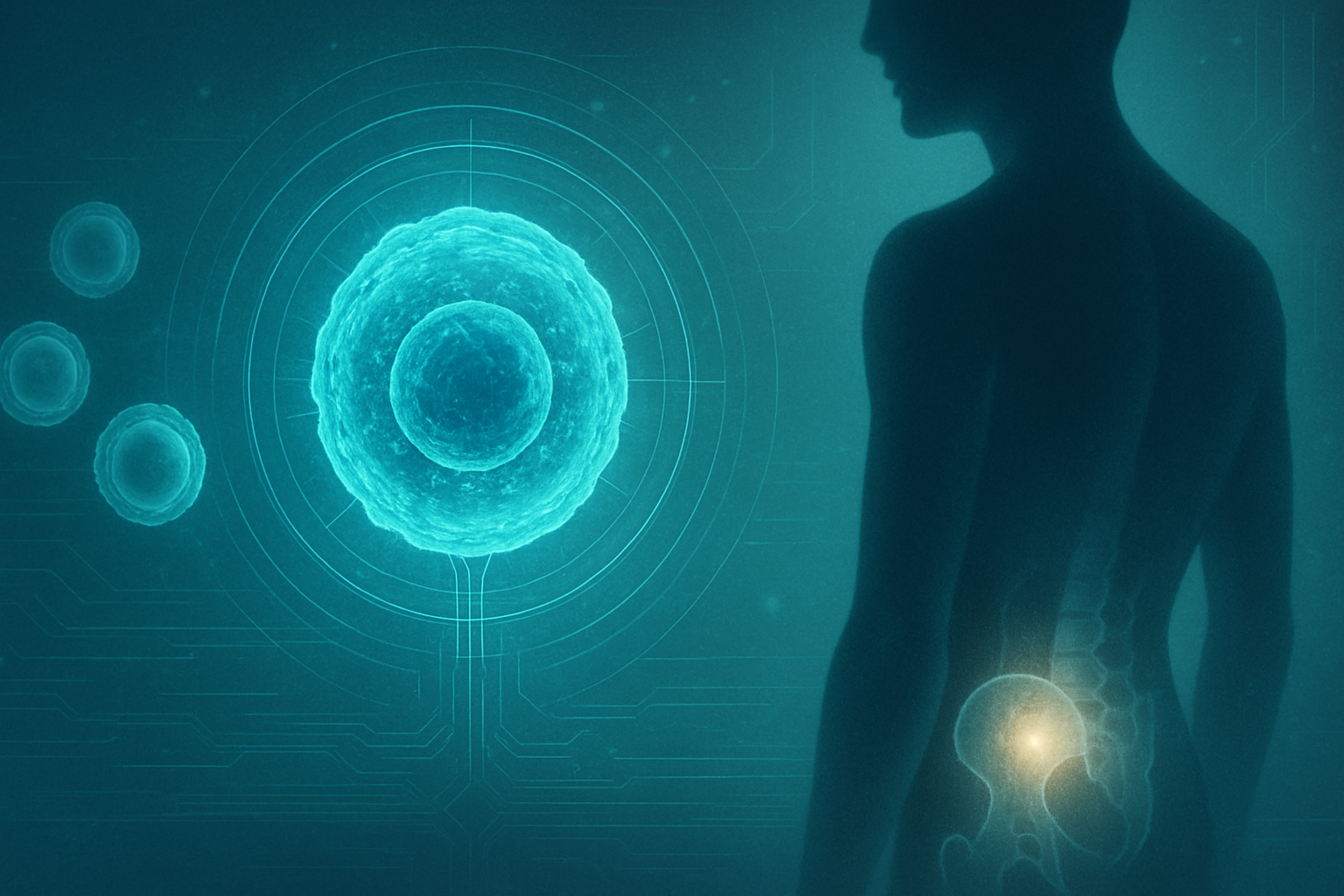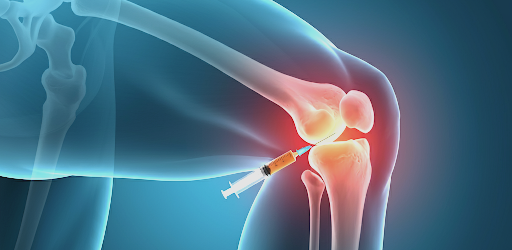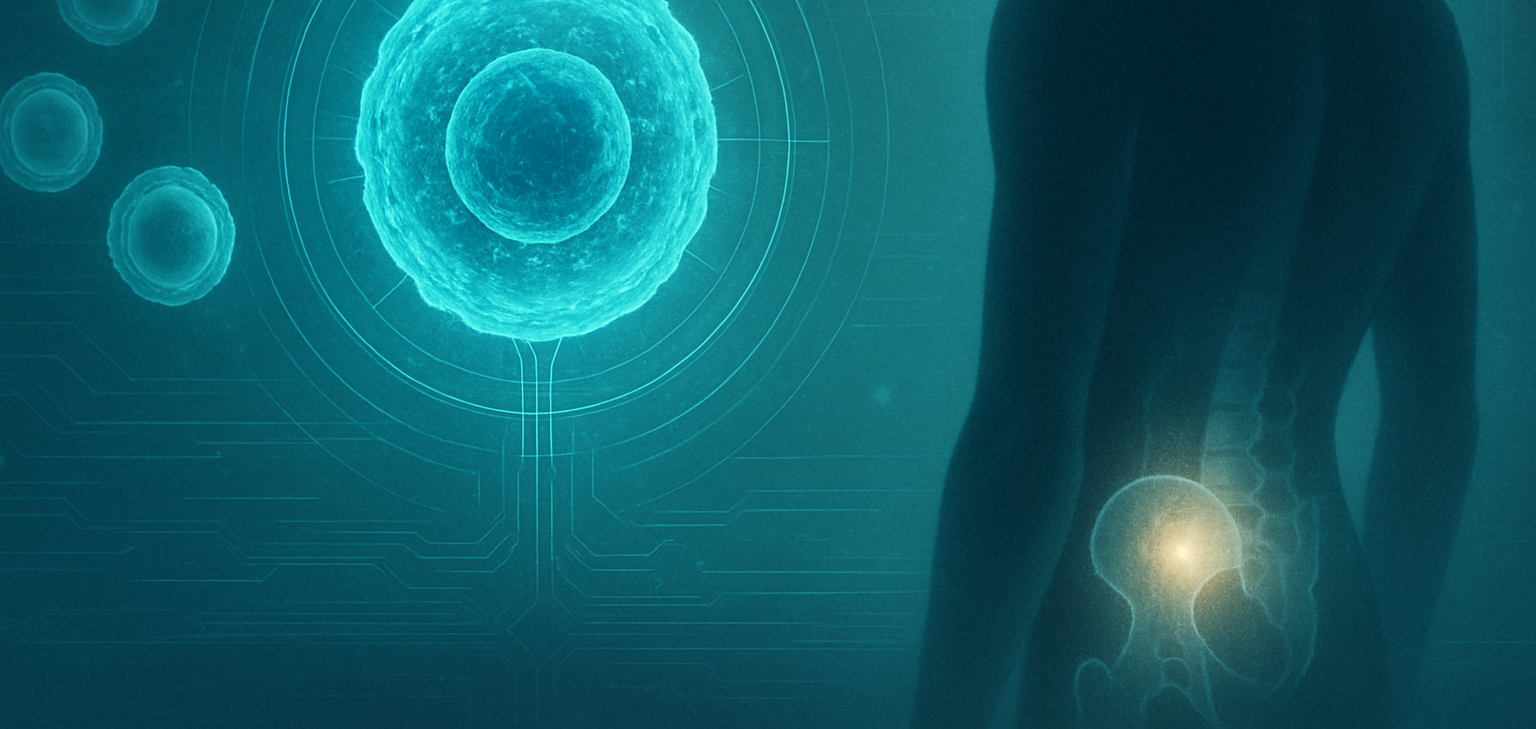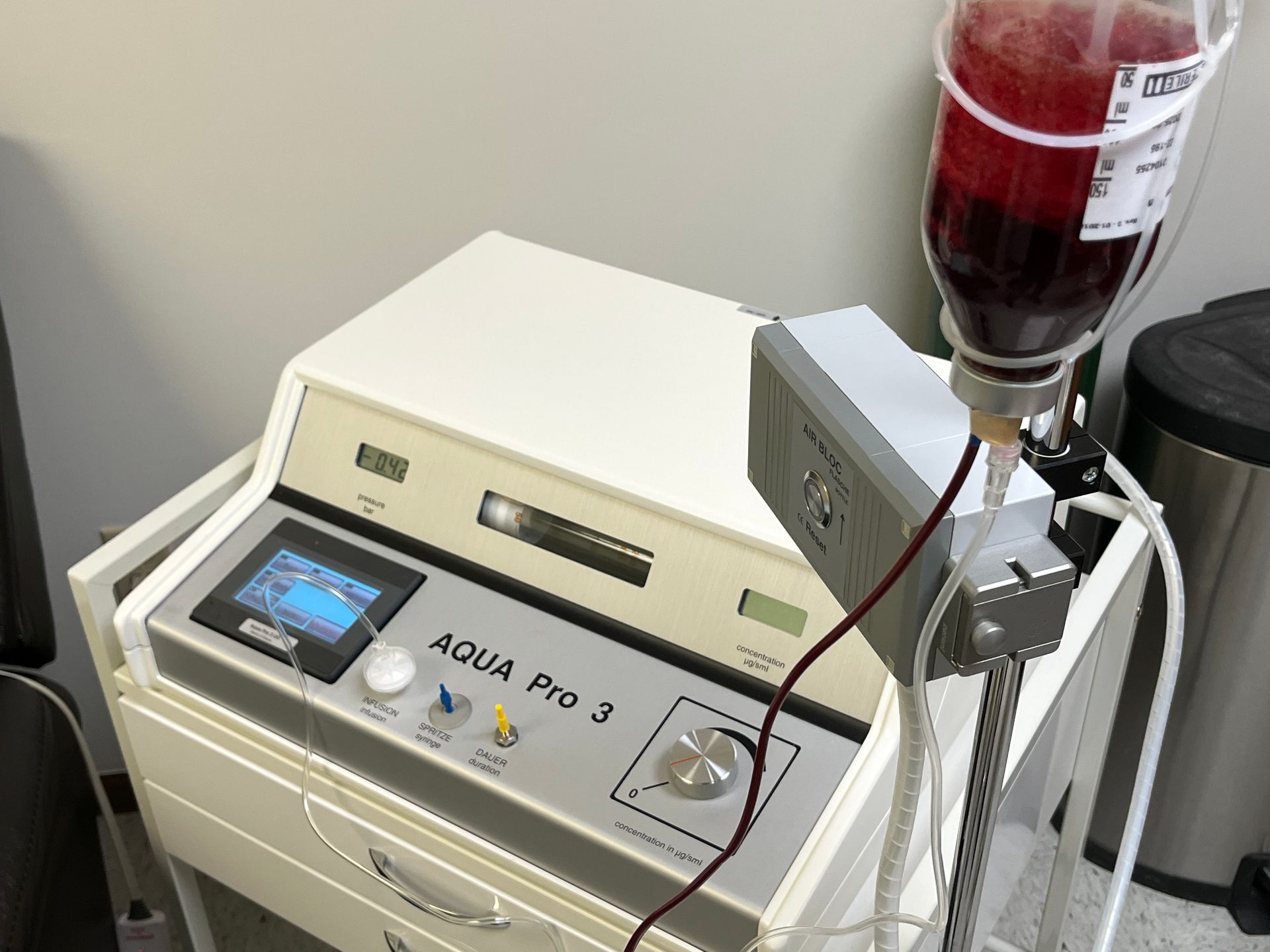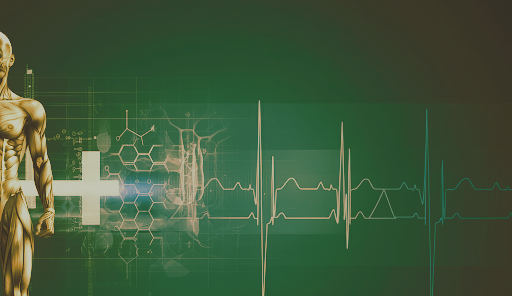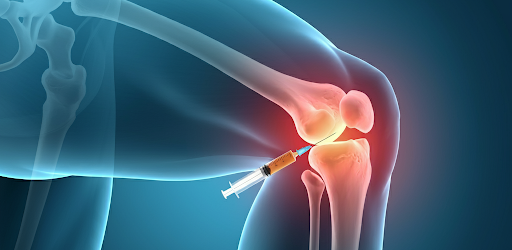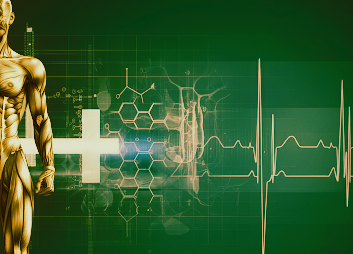Is Stem Cell Therapy the Same as PRP?
Regenerative medicine has become one of the most talked-about areas in modern healthcare. People living with chronic pain, injuries, or degenerative conditions are searching for alternatives that go beyond prescription medications or invasive surgery. Two of the most widely discussed treatments are stem cell therapy and platelet-rich plasma therapy, also known as PRP. At first glance, they may appear similar because both are designed to use the body’s own healing ability, but they are not the same. Understanding the differences is essential for patients considering regenerative options.
What PRP Therapy Involves
Platelet-rich plasma therapy is a process that begins with a simple blood draw from the patient. The blood is placed into a centrifuge, which spins at high speeds to separate its components. The plasma portion, rich in platelets and growth factors, is then injected into an area of injury or degeneration. The goal is to stimulate repair, reduce inflammation, and encourage tissue healing by using natural components already present in the blood. Because PRP is created from the patient’s own body, it is considered minimally invasive and carries very little risk. This approach has gained widespread popularity in sports medicine and orthopedics, helping athletes and active individuals recover from tendon injuries, joint pain, and ligament sprains.
What Sets Stem Cell Therapy Apart
Stem cell therapy is different because it does not simply signal the body to heal but introduces actual regenerative cells capable of transforming into new types of tissue. Stem cells are unique in that they can develop into cartilage, bone, muscle, or tendon, depending on where they are placed. They are commonly harvested from bone marrow, fat tissue, or umbilical cord tissue. Once processed, they are carefully injected into the site of injury or degeneration. This makes stem cell therapy more advanced because it not only enhances existing healing but also actively works to rebuild and replace what has been lost.
How PRP and Stem Cells Work in the Body
The biological action of PRP lies in its ability to release growth factors that stimulate cells already present in the body to begin the repair process. It is like sending out a powerful message that calls the body’s natural resources into action. Stem cells go a step further by being the resources themselves. They are raw materials that can transform into new tissue, providing structural repair when the damage is extensive. For individuals with mild inflammation or early signs of arthritis, PRP may be effective enough to reduce pain and restore function. In contrast, patients with severe degeneration may benefit more from the regenerative capacity of stem cell therapy.
Conditions Best Suited for PRP
PRP therapy has become a go-to option for conditions that require quick healing without major intervention. It is commonly used for mild to moderate osteoarthritis, tendon irritation such as tennis elbow, ligament sprains, and muscle strains. In recent years, dermatologists and cosmetic specialists have also incorporated PRP into treatments for hair loss and facial rejuvenation, further demonstrating its versatility. The appeal of PRP lies in its simplicity and its ability to stimulate healing using the patient’s own blood in a procedure that often takes less than an hour.
Conditions Best Suited for Stem Cell Therapy
Stem cell therapy is usually considered for more serious or advanced issues. Patients who have severe arthritis, degenerative disc disease, or significant cartilage loss may be advised to consider stem cells. Chronic ligament injuries that have not responded to other treatments are also common candidates. In some cases, experimental protocols explore the use of stem cells for autoimmune or neurological disorders, though much of that research is still in progress. Stem cell therapy is about rebuilding rather than just repairing, making it an option when the damage is beyond what PRP can reasonably stimulate.
Effectiveness of Both Therapies
Clinical studies have shown PRP to be highly effective in reducing inflammation and pain in cases of early arthritis and soft tissue injuries. Patients often experience faster recovery and an improved ability to resume normal activities. Stem cell therapy, on the other hand, shows greater promise in regenerating cartilage and repairing tissues at a deeper level. Results may take longer to appear because tissue regeneration is a slower process, but the potential for long-term improvement is greater. Neither therapy is a universal cure, and outcomes depend heavily on factors such as age, overall health, lifestyle, and the severity of the condition being treated.
Safety Considerations
Safety is an important concern for patients. PRP is generally considered very safe because it comes from the patient’s own blood, leaving little risk of rejection or allergic reaction. Side effects are usually limited to temporary soreness or swelling at the injection site. Stem cell therapy is also regarded as safe when performed under proper medical standards, but it is a more complex procedure. Risks may be slightly higher if donor cells are used or if the cells are manipulated in a laboratory before being reintroduced. For both treatments, patients should seek providers who adhere to strict safety guidelines and operate within recognized medical regulations.
Cost Differences Between PRP and Stem Cells
One of the most noticeable differences between the two therapies is cost. PRP therapy is relatively affordable because the procedure involves drawing blood and processing it with a centrifuge, which makes it accessible to a wide range of patients. Stem cell therapy is significantly more expensive due to the collection, processing, and sometimes laboratory preparation of the cells. While PRP sessions may cost several hundred dollars, stem cell treatments can cost thousands, depending on the complexity and the area being treated. For some patients, it makes sense to begin with PRP before investing in stem cells, especially if the condition is not severe.
Choosing Between PRP and Stem Cell Therapy
Deciding between PRP and stem cells often depends on the severity of the condition, the patient’s long-term goals, and financial considerations. For minor injuries, mild arthritis, or early tissue damage, PRP can be an effective and natural solution. For patients with advanced degenerative conditions or chronic pain that has not responded to other treatments, stem cell therapy may provide the deeper regeneration that is needed. A consultation with a regenerative medicine specialist is the best way to evaluate which therapy aligns with both the patient’s condition and their expectations.
The Future of Regenerative Medicine
Research continues to explore both PRP and stem cell therapy, with exciting advances on the horizon. Some studies are examining the combination of the two treatments, utilizing PRP to stimulate and enhance the performance of stem cells after injection. Early results suggest that this approach may offer even better outcomes. As technology advances and costs decrease, both therapies are expected to become more accessible to the general population. This ongoing innovation is shaping the future of medicine, providing alternatives that rely on the body’s natural healing capacity rather than invasive procedures.
Stem cell therapy and PRP both belong to the field of regenerative medicine, yet they are not identical treatments. PRP relies on the healing power of platelets to stimulate repair and reduce inflammation, making it an effective choice for early injuries or mild arthritis. Stem cells, with their ability to transform into entirely new tissue, offer a deeper level of regeneration that is often more suitable for advanced or chronic conditions. Choosing between them depends on the extent of damage, desired outcomes, and individual health goals. At One Natural Health, we believe that understanding these differences empowers patients to make informed decisions and explore therapies that restore balance, reduce pain, and enhance long-term quality of life.
